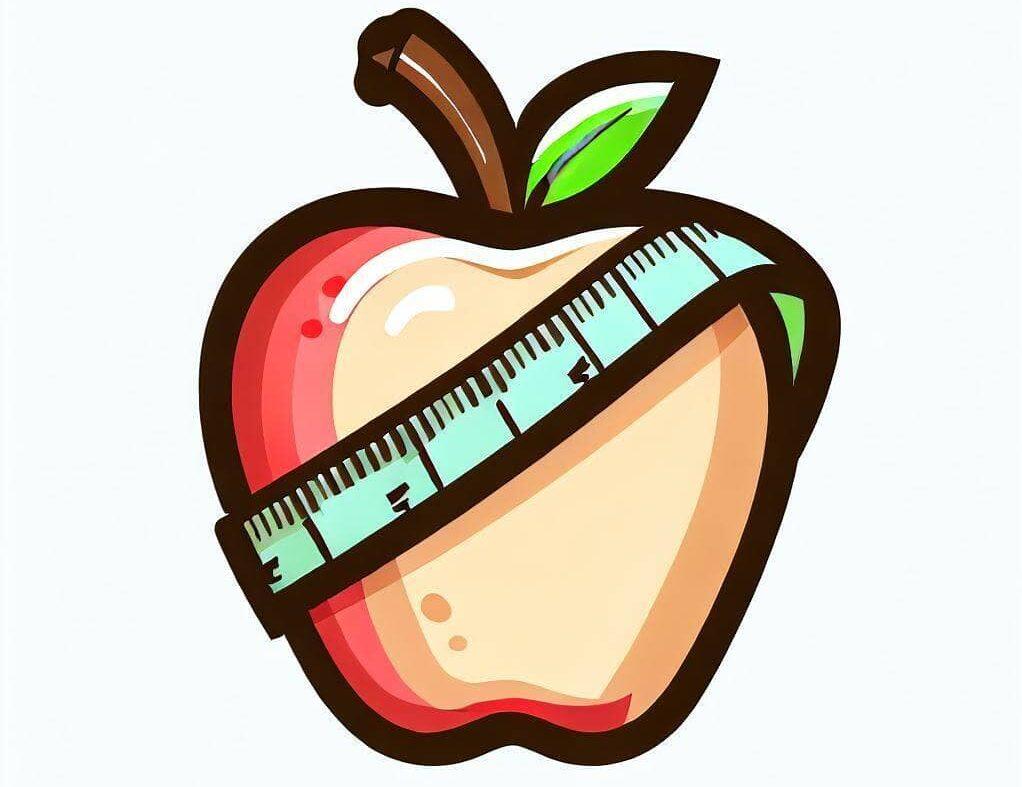Is a Recumbent Bike Good for Weight Loss?
This post may contain affiliate links which means I may receive a commission for purchases made through links at no extra cost to you. See my disclosure policy for more information.
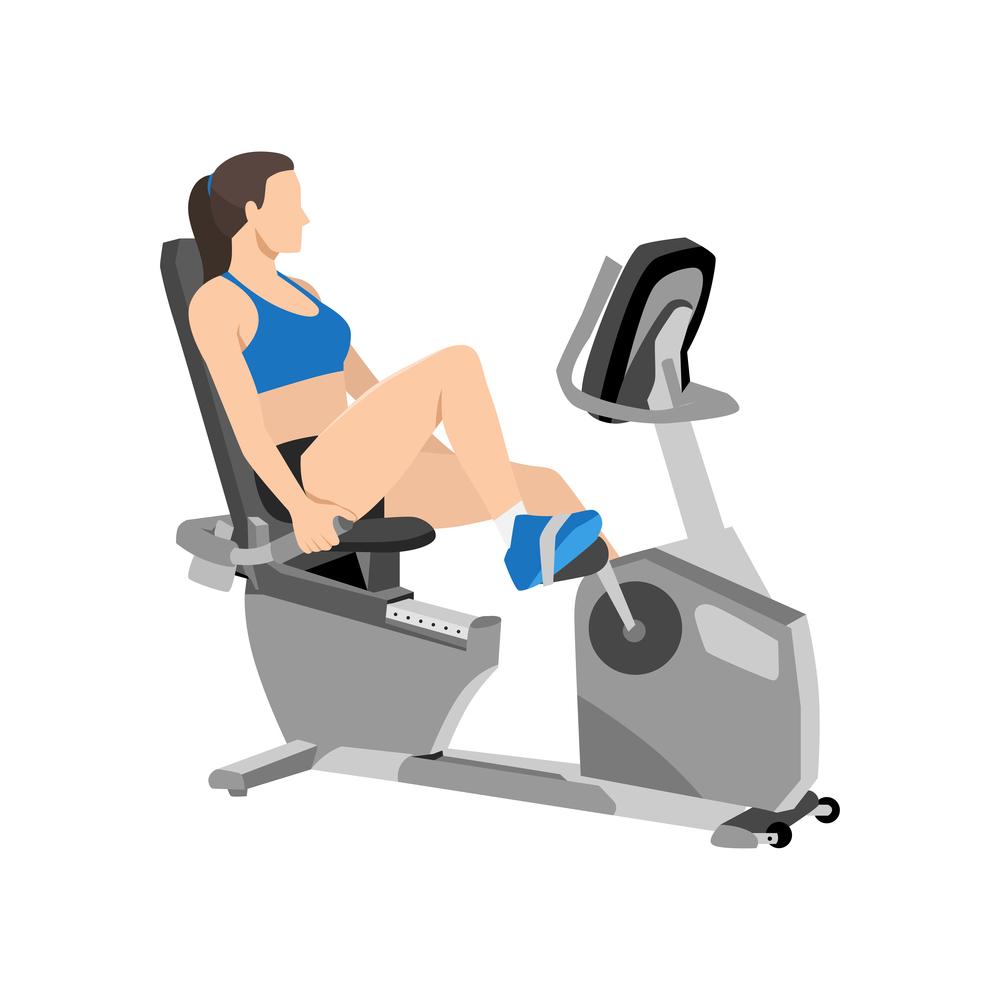
“Is a recumbent bike good for weight loss?” Yes, a recumbent bike is good for weight loss because it provides a low-impact cardiovascular workout, which can help burn calories and fat when combined with proper resistance and duration.
As a personal trainer, I have recommended recumbent bike workouts for many of my clients, and for good reasons.
In this article, I cover everything you need to know about recumbent bike’s impact on weight loss.
Benefits of Recumbent Bike for Weight Loss
The unique design of a recumbent bike offers a range of benefits, especially when it comes to weight loss. Let’s dive into these advantages:
Comfort
A recumbent bike is designed with a larger, more supportive seat and a reclined seating position.
This layout allows for even weight distribution, which can minimize pressure points, leading to less discomfort during prolonged periods of exercise.
The more comfortable you are, the longer you’re likely to exercise. Longer workouts can lead to an increased calorie burn, which, over time and with consistency, can contribute to weight loss.
Easier On The Joints
The semi-reclined position on a recumbent bike means less weight and stress is placed on your knees, hips, and lower back.
The pedal’s position is in front of you rather than below, which results in a reduced downward force on your joints.
Reduced joint stress can mean less pain and a decreased risk of injury. Those who may feel discomfort from high-impact exercises like running might find they can exercise longer and more frequently on a recumbent bike.
Over time, this consistent, pain-free workout can lead to sustained calorie burn and weight loss.
Cardiovascular Workout
Aerobic exercise involves sustained activity that raises your heart rate, improving the efficiency of your cardiovascular system.
Riding a recumbent bike can elevate your heart rate, enhancing blood circulation and oxygen utilization in the body.
Cardiovascular workouts play a significant role in weight loss. As your heart rate increases, your body burns more calories.
This means, that by riding the bike for 20 minutes at medium intensity, your heart rate increases and you burn more calories.
As you need to be in a caloric deficit to lose weight, these kinds of exertions help you do that.
Stimulates the Core
You may think, “Wait all I am doing is sitting on the bike, so how is my core being engaged?”
Yes, you’re right, but your core muscles play a huge role in maintaining your balance and stability on the bike.
Engaging the core doesn’t just improve posture and overall stability; it also adds an extra layer of calorie burn to your workout.
While it’s subtle, over extended periods, this constant core engagement can contribute to overall caloric expenditure, aiding weight loss.
Safe and Accessible
The recumbent bike’s design is inherently stable, reducing the risk of falls. It’s also closer to the ground, making it more accessible for those with mobility challenges.
For those who may feel intimidated by more complex equipment or have concerns about balance, the recumbent bike offers a safer option.
This accessibility can encourage more consistent workouts, leading to a greater overall calorie burn over time.
Also read: Are Rowing Machines Good for Weight Loss?
How to Maximize Weight Loss with a Recumbent Bike
Using a recumbent bike can indeed be an effective tool for weight loss, but to optimize the benefits, it’s essential to understand the science behind the strategies. Let’s dive deeper:
Combine it With Interval Training
Interval training alternates between periods of high-intensity exercise and rest or lower-intensity recovery periods.
This approach is known to induce a phenomenon called “excess post-exercise oxygen consumption” (EPOC), commonly referred to as the “afterburn effect.”
Essentially, after high-intensity intervals, the body continues to consume oxygen at an elevated rate, which translates to continued calorie burn even after the workout ends.
The EPOC effect means that, compared to steady-state cardio, interval training can lead to a higher total calorie burn for hours after the workout.
With interval training on a recumbent bike, you can boost your metabolism which in turn will help you lose weight.
Stay Consistent
Weight loss is generally influenced by a consistent calorie deficit over time.
Regular exercise not only burns calories but can also enhance muscle tone, which in turn can boost the resting metabolic rate.
By establishing a routine and sticking to it, you’re more likely to create a sustained calorie deficit. This consistent deficit is crucial for noticeable and long-term weight loss results.
Monitor Resistance
Resistance on a recumbent bike simulates the effort you’d need to exert when cycling uphill or against a force.
Increasing resistance requires more force and effort from the muscles. This heightened muscular engagement demands more energy, which means more calories are burned.
By regularly adjusting and increasing resistance levels during your workouts, you challenge your muscles continually.
This not only contributes to muscular strength and endurance but also increases the calorie burn per session, furthering weight loss goals.
Proper Form and Engagement
Maintaining proper form on the recumbent bike ensures that the right muscle groups are engaged and minimizes the risk of strain or injury.
Engaging the core, keeping the back against the seat, and ensuring full pedal rotations all contribute to optimal muscle engagement.
Proper form means efficient workouts. When you’re working your muscles effectively, you’re maximizing the calories burned during each session.
Moreover, avoiding injury means fewer setbacks and more consistent workouts over time.
Include upper body movements
While recumbent bikes primarily target the lower body, adding upper body movements (like light hand weights or arm movements) can transform the workout into a full-body exercise.
The overall energy expenditure increases when more muscle groups are engaged simultaneously.
Including your upper body in your workout will make it more effective and help you burn more calories.
Also read: Are Chicken And Rice Good for Weight Loss?
Muscles Stimulated with a Recumbent Bike
Using a recumbent bike isn’t just about cardiovascular health. This equipment also targets specific muscle groups. Let’s delve into the science behind which muscles are engaged and how:
Quadriceps (Front Thigh Muscles)
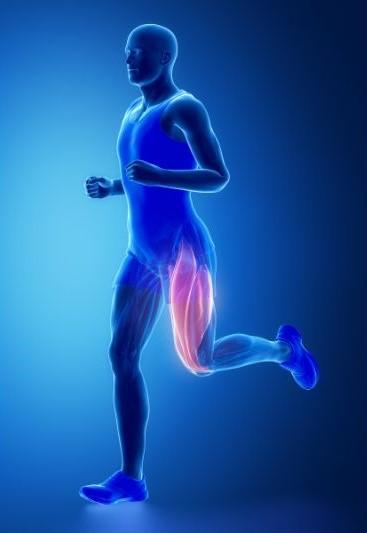
The quadriceps, often shortened to “quads,” consist of four large muscles in the front of the thigh.
When you push down on the pedals of the recumbent bike, you’re primarily using your quads. This action is similar to the extension of the knee.
As you begin the downward stroke on the pedal, you’re essentially doing a controlled leg extension, which activates the quadriceps.
Hamstrings (Back Thigh Muscles)
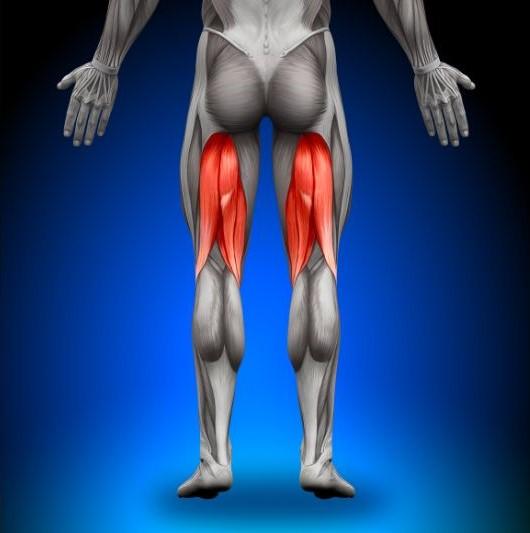
Opposite the quadriceps lie the hamstrings, three muscles in the back of the thigh. These muscles are responsible for bending the knee and extending the hip joint.
When you pull the pedal back up, especially if you’re clipped into the bike or focus on a full circular pedal motion, you engage the hamstrings. It’s a more subtle engagement compared to the quads but still vital.
Glutes (Buttock Muscles)
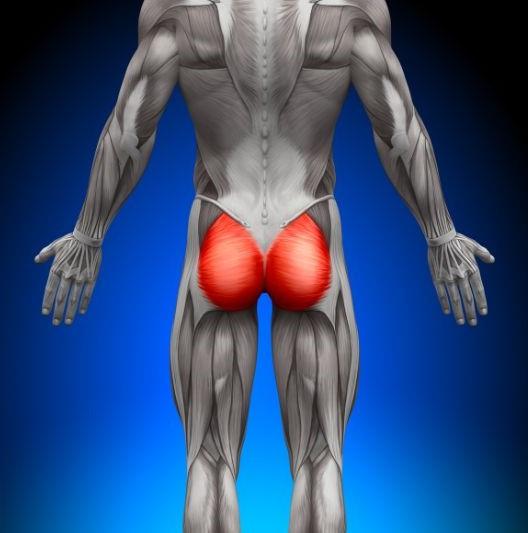
The gluteal muscles, or glutes, are a group of three muscles that make up the buttocks: the gluteus maximus, gluteus medius, and gluteus minimus.
These muscles play a crucial role in hip extension, outward rotation, and abduction of the thigh.
When you’re pushing the pedal down and slightly back, especially at higher resistances, you’re engaging the glutes.
The semi-reclined position of the recumbent bike can sometimes mean more glute engagement than on an upright bike.
Calves (Lower Leg Muscles)

The calves consist mainly of the gastrocnemius and soleus muscles. These muscles play a pivotal role in plantarflexing the foot (pointing the toes) and flexing the knee.
As you push the pedal down and point your toes slightly, especially during the bottom half of the pedal stroke, you engage the calf muscles.
Hip Flexors (Front Hip Muscles)

Located in the front pelvis region, hip flexors, especially the iliopsoas, allow for flexion of the hip. These muscles help lift the knee and move the thigh towards the chest.
On the upstroke of pedaling, when you’re drawing the pedal back up, you’re slightly engaging the hip flexors, especially if you’re actively pulling up on the pedals.
Core (Abdominal and Lower Back Muscles)

The core isn’t a single muscle but a group of muscles that stabilize and move the spine. While the abs (rectus abdominis, obliques) are part of this group, muscles like the erector spinae in the back also play a role.
On a recumbent bike, maintaining stability and an upright posture requires continuous engagement of the core muscles.
Especially during intense sessions or when increasing resistance, the core keeps you stable and supports efficient power transfer to the pedals.
Also read: Best Sleeping Positions for Weight Loss
Common Misconceptions About Recumbent Bike and Weight Loss
The recumbent bike, like many pieces of fitness equipment, is surrounded by myths and misconceptions. Let’s debunk some of the most common misunderstandings, backed by science.
“Recumbent bikes are too easy to provide any real weight loss benefits.”
At a casual glance, the comfortable seating of a recumbent bike might suggest an easy workout. However, the resistance settings on these bikes can provide a challenging cardiovascular workout.
The body’s caloric burn is not solely dependent on the posture of exercise but on the intensity, duration, and resistance level of the workout.
If used with appropriate resistance and regularity, recumbent bikes can indeed offer substantial weight loss benefits, challenging even seasoned exercisers.
“Upright bikes burn more calories than recumbent bikes.”
Caloric burn during exercise is influenced by several factors, including effort, duration, individual metabolism, and resistance.
While upright bikes might engage more stabilizing muscles due to their posture, the potential calorie burn between the two largely depends on how they’re used.
With adequate resistance and intensity, a recumbent bike workout can match or even surpass the caloric burn from an upright bike.
“Recumbent bikes only target the legs.”
While it’s true that the primary muscles engaged during a recumbent bike workout are in the legs (quads, hamstrings, and calves), the core also plays a significant role in stabilizing the body during cycling.
Furthermore, the nature of the resistance can provide a cardiovascular workout, which is systemic rather than muscle-specific.
While not a full-body workout in the traditional sense, recumbent biking does engage more than just the leg muscles and contributes to overall cardiovascular health.
Also read: Are Protein Pancakes Good for Weight Loss?
Sample Recumbent Bike Workouts for Weight Loss:
1. Beginner’s Ride
Notes: Focus on getting used to the machine and maintaining a steady rhythm.
| Beginner’s Ride | ||
| Time | Resistance Level | Description |
| 0-5 min | 1-2 (out of 10) | Warm up, pedal at a comfortable pace |
| 5-7 min | 3 | Increase resistance slightly, maintain a steady pace |
| 7-9 min | 2 | Reduce resistance, pedal faster for active recovery |
| 9-11 min | 3 | Increase resistance, maintain a steady pace |
| 11-13 min | 2 | Reduce resistance, pedal faster for active recovery |
| 13-15 min | 3 | Increase resistance, steady pace |
| 15-20 min | 1-2 | Cool down, pedal at a comfortable pace |
2. Intermediate Ride (Interval Training)
| Intermediate Ride | ||
| Time | Resistance Level | Description |
| 0-5 min | 2-3 | Warm-up, steady pace |
| 5-6 min | 5 | Moderate resistance, push hard |
| 6-8 min | 3 | Lower resistance, easy pedaling for recovery |
| 8-9 min | 6 | Increase resistance, push harder |
| 9-11 min | 3 | Easy pedaling for recovery |
| 11-12 min | 6 | Push hard with increased resistance |
| 12-20 min | 2-3 | Cool down, steady pace |
Notes: Interval training boosts metabolism and burns more calories. Listen to your body and adjust resistance levels based on how challenging you find each interval.
3. Advanced Ride (Hill Climbing Simulation)
| Advanced Ride | ||
| Time | Resistance Level | Description |
| 0-5 min | 3-4 | Warm-up, steady pace |
| 5-8 min | 5 | Simulate a hill climb, push hard |
| 8-10 min | 4 | Decrease resistance slightly, maintain effort |
| 10-13 min | 7 | Simulate a steeper hill, push even harder |
| 13-15 min | 5 | Reduce resistance, maintain strong effort |
| 15-18 min | 8 | Your steepest hill yet, give it all you’ve got |
| 18-20 min | 6 | Lower resistance, but keep pushing |
Notes: This simulates hill climbing which engages various muscle groups more intensely and pushes your cardiovascular system. Ensure you’re maintaining proper form throughout, especially as resistance levels rise.
Conclusion
A recumbent bike can indeed be an effective tool for weight loss when used correctly. It offers a unique combination of comfort and calorie burn, and while it might not replace high-intensity workouts for everyone, it can certainly fit into a balanced and varied exercise routine.
Also read: Is Lipton Green Tea Good for Weight Loss?
FAQ
Can I lose belly fat on a recumbent bike?
Yes, a recumbent bike can help you burn calories, which contributes to overall fat loss, including belly fat. But spot-reduction (losing fat in one specific area) isn’t possible through exercise alone.
How long should you ride a recumbent bike to lose weight?
Aiming for 30-60 minutes, most days of the week can help with weight loss, but the exact duration depends on exercise intensity, diet, and individual goals.
Which is better for weight loss, upright or recumbent bike?
Both can be effective for weight loss. It depends on the workout intensity and duration. Upright bikes might engage more stabilizing muscles, but comfort and consistency on a recumbent might lead to longer workouts.
What are the disadvantages of a recumbent exercise bike?
They take up more space, might not engage as many stabilizing muscles as upright bikes, and can be more expensive.
Is recumbent bike better than walking?
Both offer health benefits. Recumbent bikes might provide a higher-intensity workout in a shorter time, but walking is weight-bearing, which is good for bone health. Personal preference and health considerations play a role in determining which is better for an individual.
How fast should you pedal on a recumbent bike?
Aiming for 60-70 RPM (revolutions per minute) is a general recommendation for a moderate pace. Adjust based on your fitness level and workout goals.
This post may contain affiliate links which means I may receive a commission for purchases made through links at no extra cost to you. See my disclosure policy for more information.
Rahul is a professional nutritionist certified by the International Sports Sciences Association (ISSA) and a personal trainer certified through the American Council of Exercise (ACE). He has a special interest in the science of nutrition and how it can impact the body.
